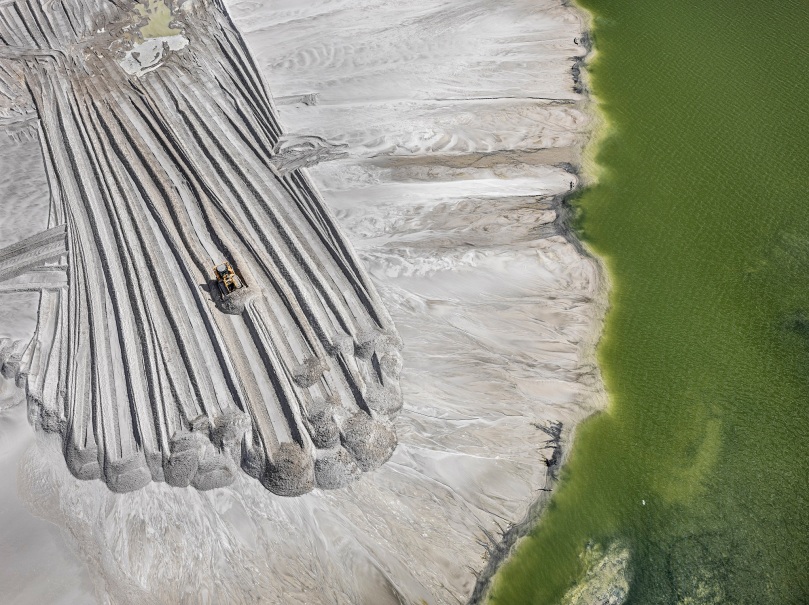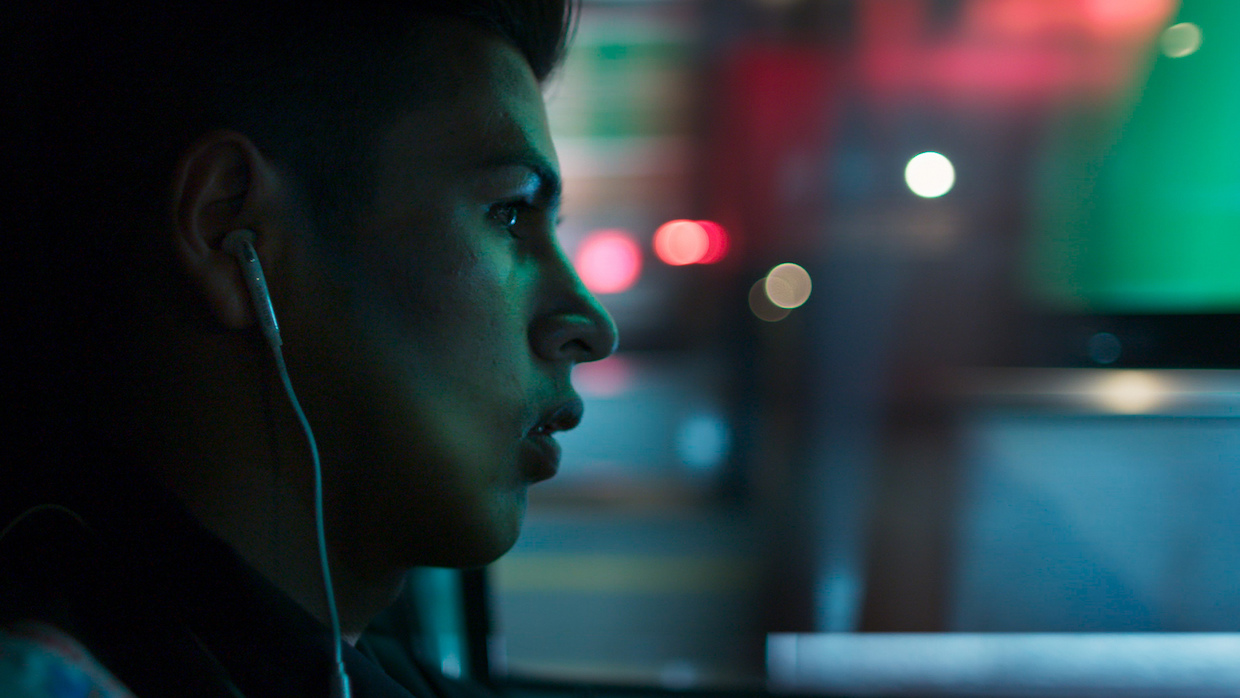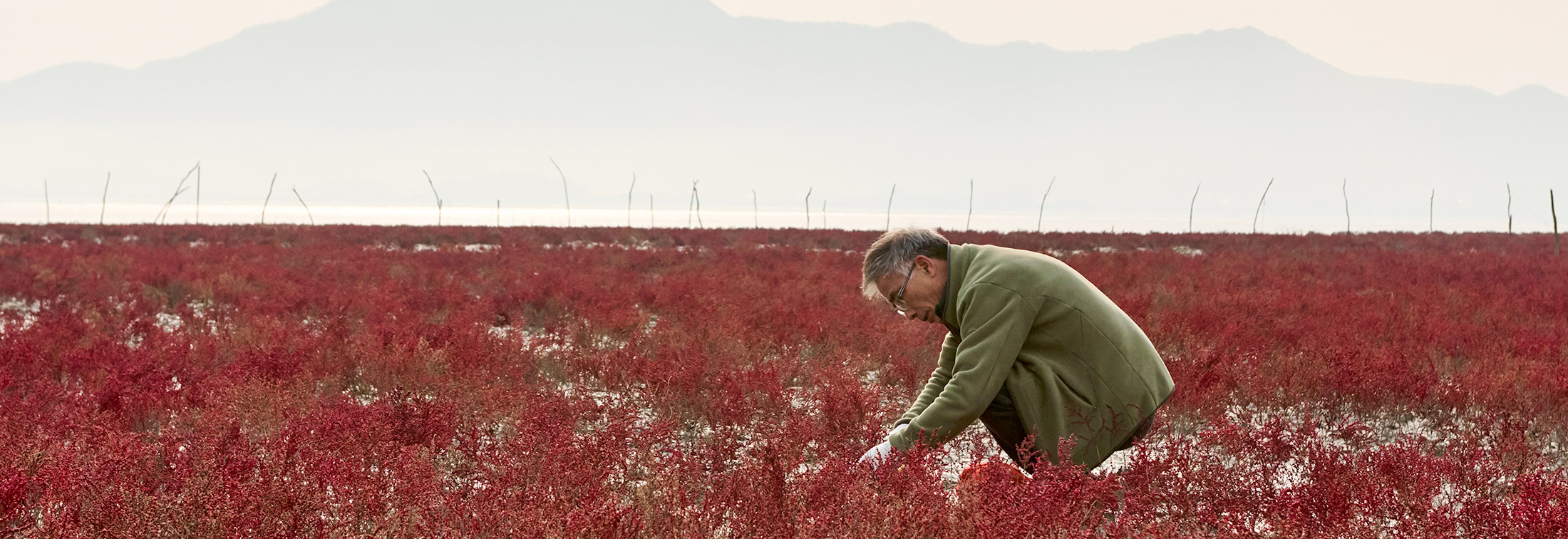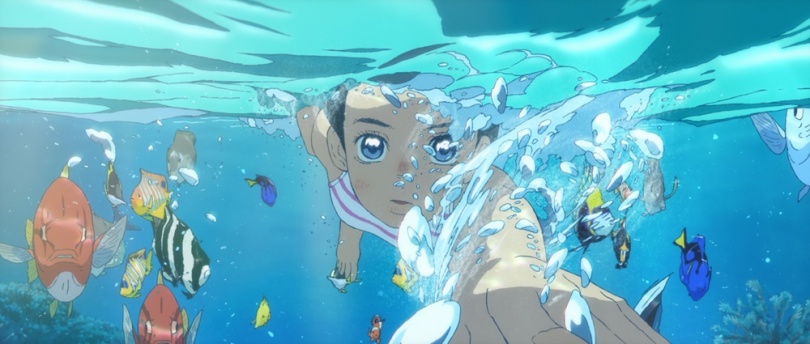As I look for ways to keep my writing brain well-oiled, I will be trying out a more ‘modular’ approach to blog posts: rather than dedicating each post to a singular theme that I hammer out mostly in one sitting, I’m taking a few pages from my old seasonal anime list posts, and compile short capsule reviews that I write throughout the week(s). In this instance, I have given myself a pretty decent schedule for the upcoming fortnight of movies that are screening at the annual Sydney Film Festival, and will be reflecting on each title I watch, before publishing it at its conclusion.
At least…that was the plan. The original 7-film schedule I gave myself quickly got cut down, thanks to a horribly timed flu I got last weekend (even more of a shock, since I don’t get the flu often). That’s three ticket fees down the drain…
Oh well. Here are the other films I did catch. A relief to say I enjoyed them all to recommend that you give them each a watch however you can, either via. streaming services, or if you are fortunate enough to live near an upcoming film festival event yourself.
Anthropocene: The Human Epoch

I’ve been well aware of the…’Inconvenient Truth’ so to speak, since I started middle school a decade ago. That human activity has done unprecedented damage to the earth’s life-supporting ecosystems is a sobering line of reality that remains a difficult subject for me to parse, mainly because I’m part of the first generation that will likely live to see its full impact, before having to potentially pass this information on to our children, likely with the always fun side note “oh yeah – don’t expect to live past 50”. What did they used to say then? That the errors of ancestors shouldn’t dictate how their children should be judged?
‘Anthropocene’ is a documentary that takes upon the ‘show don’t tell’ mantra, and keeps itself to a largely neutral tone of narrative in providing grand cinematography to mankind’s greatest marks of geological dominance upon this planet – gigantic mountains defaced into a marble quarry, the roar of chainsaws as rainforests fell to human hands, and the new ecological features that owe their birth to human beings – garbage mounts.
The film is blessed with stunning imagery, cameras that find a delicate balance in framing human ambition with monumental and poetic beauty, but zooming in often enough for the audience to confront the destruction that preceded it. The human characters that we follow along this journey around the world are mere ants; part of the evolving machine.
And it is perhaps owed to its overbearing need for a global scale, that I feel its bite is rather dulled – the geographical diversity in this barely 90 minute documentary is not given the run time to sink in, before it cuts to the other side of the world. The film is broken down into several themed chapters, which does provide some coherent context to the masses of locations we visit. These chapters include ‘Extraction’ (the human’s expanding hunger for the Earth’s natural resources), ‘Terraforming’ (the drastic ecological, geographical and environmental changes humans made to the planet to suit their own needs), ‘Technofossils’ (human-made materials that litter the earth, just beginning their cycle of decay back into the earth) and – perhaps the most blatant and politically charged of them all – ‘Climate Change’. Something tells me each of these chapters should’ve warranted their own 90 minute ‘episodes’.
The documentary begins and ends with a narrative thread that loosely tie together the film’s message – a rebirth, a cleansing so to speak, through fire. Seized elephant tusks were mounted onto beams, before being set on fire. A Kenyan conservation worker narrates with a fiery passion that defies the documentary’s own voice of benevolent neutrality, that this burning sends a message to any and all poachers who try to profit from the slaughter of elephants: “I may have known some of these elephants. I couldn’t save their lives, but I can still make sure that none can profit from their deaths.”
This is a fate that may well await us all – a fire that wipes the slate clean, so the earth can begin life again without humans. Of course, mankind’s potential and ambition can still be harnessed to change destiny’s current course – we’ve done so to survive these past thousands of years. Now that we are more aware of our hubris’ scars, perhaps some things can be preserved, and some changes be made, for the sake of our future as a species.
Letterboxd rating: ***1/2
Midnight Family

A young woman’s head was bashed in after falling four floors onto hard concrete. Her distraught mother sat in the front seat of an ambulance as it raced towards the nearest hospital. The woman died on the way there.
Another young woman was found crying at a gas station. Her nose was broken after her boyfriend got angry and hit her. She refused to let the ambulance driver call her mother because she’s afraid of how she would react. She’s also reluctant to get treatment because she has no insurance and wouldn’t be able to afford the medical bill.
These stories may well line the headlines of newspapers on a normal Wednesday morning, but imagine experiencing them through the eyes of a family-owned private ambulance, in a city where the government infrastructure simply doesn’t exist to cater to medical emergencies.
Mexico City’s population of nine million is serviced by no more than 45 government-operated ambulances. The void is filled by a rag-tag fleet of privately-owned, barely legal ambulances, who are forced to take bribes from police, and ask the very people they rescued to pay them while they are still being treated, so they can put food on the table and operate their van for another night. The horrific stories recounted in the first two paragraphs are experienced first hand by a seventeen year old Juan Ochoa, who drives the family ambulance with his father. It is hard to read those stories in the news. Imagine how much more taxing it is to BE there, witnessing a mother cry for her dead daughter.
Director Luke Lorentzen happened upon the Ochoa family during his stay in Mexico City, when he saw their ambulance parked near his home. He recounted just walking up to them and asking if he can ride along for a night. The idea for this documentary was born soon after.
For several months, Lorentzen would bring along his camera gear, and joined the Ochoas in their nightly shifts, listening to police scanners, racing other ambulances to patients, arguing with each other about paperwork, and complaining about asshole policemen who seem to make up rules as they go along just to fuck with them. For the most part, the cameras are observational flies on the wall, literally cramming the audience into the family ambulance, sometimes with severely compromised patients being treated. The visual language for the documentary; which Lorentzen shot entirely on his own, is reminiscent of an action thriller, with crisp bokeh foregrounding the characters, and the expected hand-held unpredictability that achieves the candid and chaotic authenticity of the experience.
However, it is obvious that after going through those months of shooting, Lorentzen has grown fond of the family. In spite of the documentary’s ethos of being simply observational and unintruding, the film included two important moments, where Juan spoke of his moral compass in complete acknowledgement of the cameras’ existence. What we end up with is a fittingly intense experience, still dipped with a decent helping of humanity, as we witness the underlying kindness of the Ochoas, who seem to genuinely care for the patients they take in, even if their kindness isn’t always rewarded.
Letterboxd rating: ****
Wandering Chef

Let’s begin by dispelling some expectations: if you are a fan of ‘MasterChef’ and ‘Food Wars’ and would like to see some high-concept culinary wizardry shot with titillatingly lustful detail, this probably isn’t your film.
The documentary is down to earth with its presentation: raw, visually dull but candid cinematography does little to sway the subject matter it depicts in any way, as are the colour grading, which maintains the aesthetic of a TV news crew shooting on location with little time for fine-tuning, spliced with smartphone pick-up footage. The titular chef visits various locations in the Korean countryside, and the camera provides enough coverage to make specific locations familiar to the audience for its…rather surprising second and third act.
This isn’t a documentary about an artist striving to reach new dimensions of the culinary arts, but about a scarred man searching for redemption and what it means to live a worthy life, by pouring his raw passion for food into serving others. The film follows the nomadic chef Jiho Im, who is famous for his unusual fusion of cooking with foraged herbs, roots and mosses as not just ingredients for flavour, but their medicinal and healing properties. A peek into how he plates and builds his dishes – wrapped in leaves, placed on foraged rocks, jellied flowers, seaweeds and herbs – says a lot about an artist who finds unique flavours in places no one else would look.
The documentary places particular emphasis on one countryside house and its residents – an 80 year old woman living with his husband. This woman, affectionally referred to as ‘grandma’ by Im, has an extremely warm relationship with the wandering chef, who visits regularly to cook for them. And herein lies the actual heart of the documentary – a tried and true (but no less welcoming) ode to what cooking for each other means, and the treasures of found family bonds that extends far beyond blood.
The tragedy that becomes the catalyst for the film’s final quarter is supported by a narrative foundation emphasising the human behind the artist – whose past suffering has pushed him to give selflessly and to share his kindness to whoever he comes across. Im comes across as so genuinely giddy and loving to the elderly he interacts with, all semblances of skepticism melts away just as quickly as your inner contrarian starts to imagine a devil behind the angelic mask.
For the people who feel just a little frustrated with the human race at the moment ought to give this documentary a watch: chances are, it may restore a bit of faith in you. It did it for me.
Letterboxd rating: ****
Children of the Sea

Truth be told: I don’t think the young kids and their parents siting behind me in the State Theatre got their money’s worth with this animated film, which might as well have been a drunkard philosopher chaining you to a chair while he rambles endlessly: the words he uses, the prose he builds and the images he conjures in your mind may be breathtaking, overwhelming and magnificent: but God be damned if you actually understood what the hell he was actually talking about.
‘Children of the Sea’ starts normally enough: a headstrong girl is ostracised by her classmates for standing up to bullies. During a visit to the aquarium, she bumps into a boy who lives in water, having being raised by dugongs. Wait…what?
You can chart a gradually compounding progress into insanity with this film, and it runs pretty in line with the audiovisual intensity that you encounter. There is little doubt that this animated feature is a work of art: crisp character designs that are unique to this film (with a slight caveat of having one particular character whose design I just couldn’t appreciate), diverse background and object designs, and stunning underwater environments that are literally swimming with life.
Joe Hisaishi’s musical score also takes a sharp left turn before it becomes another Ghibli-Hisaishi creation: the persona Hisaishi took upon here is one that I think few anime fans are familiar with: a minimalist explorer who; whilst did incorporate his usual palette of the western orchestra, utilised these musical colours alongside synths and electronics, in ways that are otherworldly, atonal and…just plain weird. And as we have touched upon before: this is a perfect palette for a film as narratively incoherent as this.
The film is evidently working with a condensed runtime to tell the story of a five-volume manga, and the method in which it goes about doing so is definitely a massive credit to the staff’s boldness: the filmmakers were merciless with cutting down the narrative threads that were no doubt present in the source material, and sought to express the ethos of the original mangaka through a sheer torrent flood of audiovisual poetry, rather than good ol’ ‘narrative coherency’ (which…let’s be honest, is a TAD overrated these days, with fandoms obsessed with ‘accurate worldbuilding’, ‘clear character arcs’ and ‘realism’). To that end, I feel that rather than just shaving down on these narrative threads (like the side detail of Ruka’s abusive mother, negligent father, and the evidence of aquarium staff exploiting the titular ‘children of the sea’, Umi and Sora), they should’ve uprooted them entirely. If they wanted the film to be a visual hallucination (trust me – a certain extended sequence involving a whirlpool, whales and a meteor tells me hallucinations were what they were going for) inspired by the likes of Picasso and Pollock, that conveyed the story of the birth of life on Earth and the universe, they might as well go all in.
I am forced to imagine what kind of film this would be, if the grand metaphysical and philosophical ideas posited by ‘Children of the Sea’, were delivered in a manner not unlike the dialogue-free ‘Red Turtle’.
Letterboxd rating: ***

